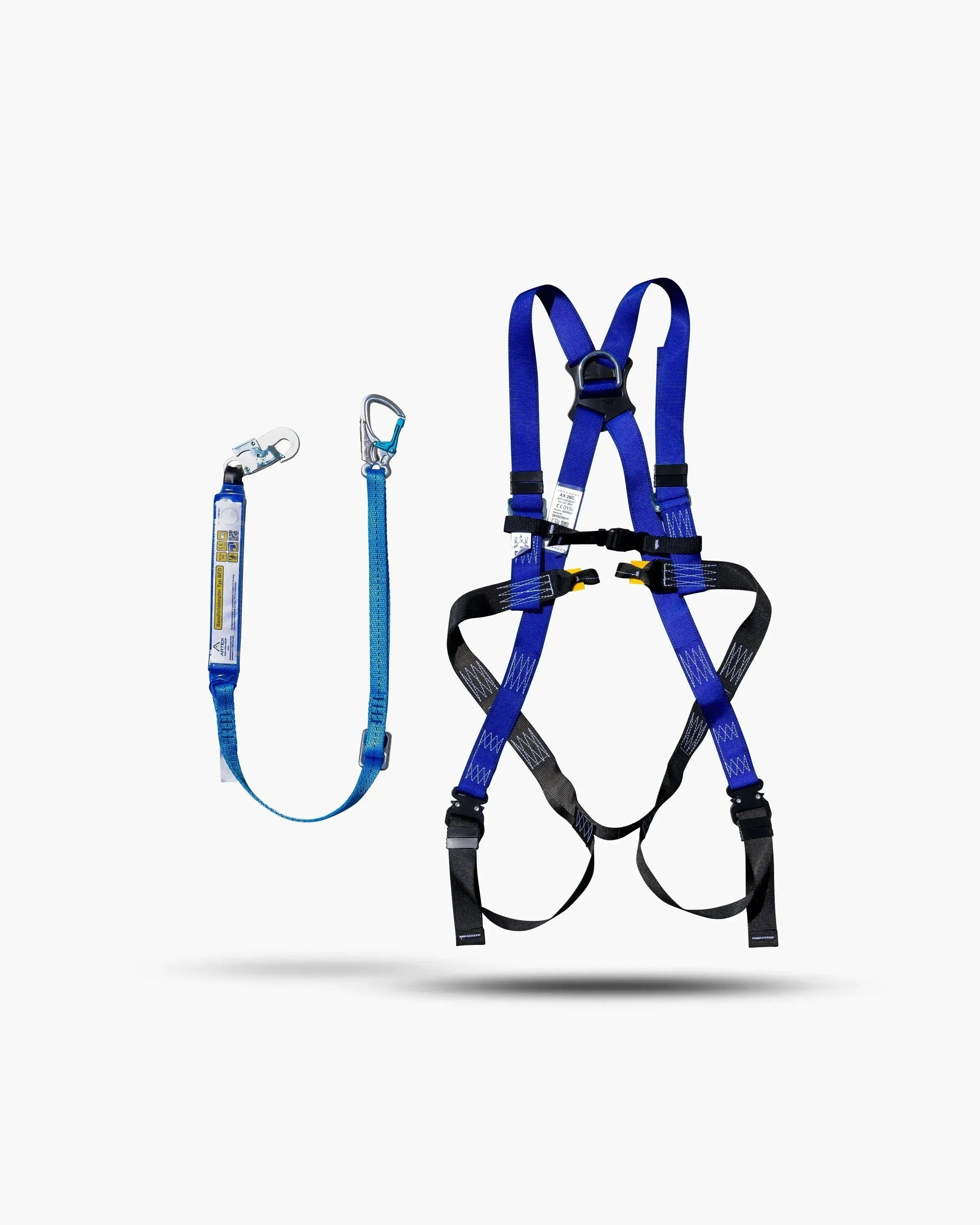When researching the technical data of aerial work platforms, you will come across a multitude of dimensions and specifications. Load capacity, platform size, total weight - all of these details are important in selecting the right aerial work platform for a project. However, two dimensions stand out in particular: the platform height and the working height . These two terms are crucial for understanding the performance of an aerial work platform, but are often confused or misunderstood.
In this article we clarify the difference between platform height and working height.
The platform height
The platform height is a crucial measurement for aerial work platforms and refers to the height of the platform when fully extended, measured from the ground to the top of the platform. This measurement in meters indicates how high the platform of an aerial work platform can be raised and is therefore a direct indicator of the vertical reach of the aerial work platform.
In practice, this means that the platform height forms the basis for planning and carrying out work at height. It influences which areas can be reached safely and efficiently without additional equipment or measures.
The working height
The working height indicates the maximum height a person can reach on the platform of an aerial work platform . It is calculated by adding a standard reach of about 2 meters to the platform height - i.e. the average arm length of an operator .
Why is working height important?
When selecting a work platform, the working height is often the decisive criterion. This is because it determines whether the area of use can be reached safely and without additional aids . A working height that is too low can mean that important areas remain inaccessible or work has to be carried out in an uncomfortable and unsafe manner.
Calculating the working height
Assume a scissor lift has a platform height of 8 meters . The working height is then:
➡ 8 m platform height + 2 m operator reach = 10 m working height
This means that with this platform, an operator can safely carry out work at heights of up to 10 meters .
Working height and safety
The correct assessment of the working height is not only crucial for efficiency , but also for safety . A platform that is too low can tempt you to lean too far forward or use additional aids such as ladders on the platform - both of which are extremely dangerous.
Therefore, a work platform with sufficient working height should always be chosen to ensure safe working.

Conclusion: Plan the working height correctly
- Working height = platform height + approx. 2 m (due to the operator's outstretched arms)
- Decisive for choosing the right aerial work platform
- Important factor for safety and efficient work at heights
















Share:
Double increase: More flexibility with two additional Nifty HR17N
Industrial truck license: Step by step - everything you need to know